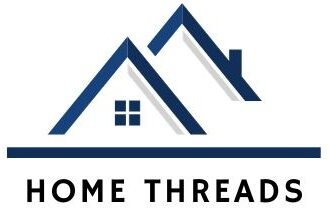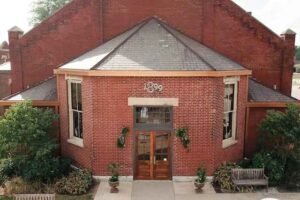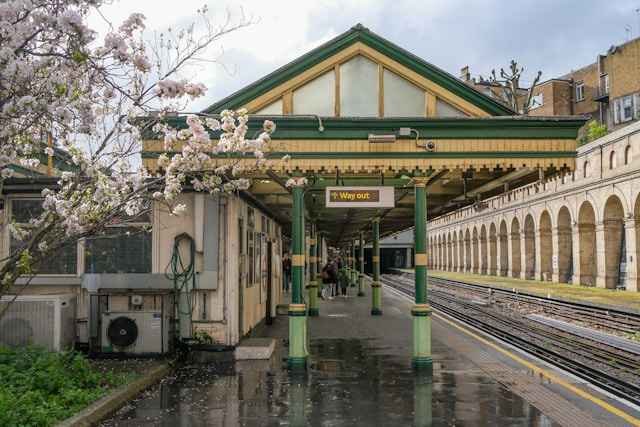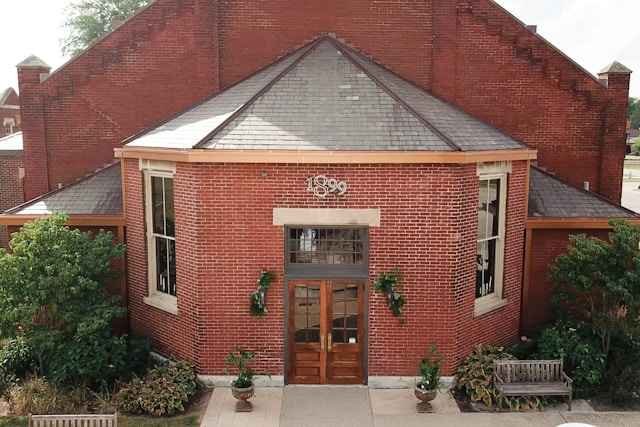Key Takeaways:
- Modular home prices are influenced by base costs, customization, delivery, land, and regional factors.
- Modular homes offer significant savings, faster build times, and energy efficiency compared to traditional homes.
- Understanding all cost components and asking the right questions helps buyers avoid hidden fees and get the best value.
Introduction
Are you considering a modular home but unsure about the costs? With the rising popularity of prefab construction, understanding modular home prices is more important than ever. Whether you’re a first-time homebuyer, downsizing, or looking for an affordable custom build, knowing what goes into modular home pricing can help you make a smart investment.
This comprehensive guide will break down everything you need to know about modular home prices—from base costs and upgrades to regional differences and financing options. By the end, you’ll be equipped to compare options, avoid hidden fees, and confidently plan your dream home.
What Are Modular Homes?
Modular homes are prefabricated houses built in sections (modules) at a factory, then transported and assembled on-site. Unlike manufactured homes (mobile homes), modular homes are constructed to the same building codes as traditional stick-built houses.
How Modular Homes Differ:
- Construction: Built indoors, reducing weather delays and material waste.
- Assembly: Modules are transported to your land and assembled on a permanent foundation.
- Customization: Wide range of floor plans and finishes, often rivaling custom-built homes.
The Modular Home Building Process:
- Choose a design and customize features.
- Modules are built in a factory.
- Modules are delivered and assembled on your land.
- Final finishing, inspections, and move-in.
Why Consider Modular Homes?
Benefits of Modular Homes
- Cost Savings: Modular home prices are typically 10–20% lower than traditional homes.
- Speed: Construction is faster—often 2–4 months from order to move-in.
- Energy Efficiency: Factory precision allows for tighter construction and better insulation.
- Quality Control: Indoor building reduces weather-related issues and improves consistency.
- Customization: Modern modular homes offer a wide range of layouts and finishes.
Common Misconceptions
- “Modular homes are the same as mobile homes.”
False. Modular homes are permanent structures built to local codes. - “They’re low quality.”
Modern modular homes often exceed the quality of site-built homes. - “Limited design options.”
Today’s modular homes can be highly customized.
Who Modular Homes Are Best For
- First-time buyers seeking affordability
- Rural or suburban landowners
- Downsizers and retirees
- Anyone wanting a custom home on a budget
Understanding Modular Home Prices
Modular home prices are shaped by several key factors. Knowing these helps you budget accurately and avoid surprises.
1. Base Price of Modular Homes
The base price is the starting cost for a standard model with basic finishes and features.
- What’s Included:
Factory-built modules, basic interior/exterior finishes, standard fixtures, and appliances. - Typical Price Range:
$80–$160 per square foot (national average). For a 2,000 sq. ft. home, that’s $160,000–$320,000. - Comparison:
Traditional stick-built homes average $150–$250 per square foot, making modular homes a cost-effective alternative.
2. Customization and Upgrades
Most buyers want to personalize their home. Customizations can include:
- Upgraded flooring, countertops, cabinets
- Energy-efficient windows and insulation
- Smart home features
- Expanded floor plans or additional modules
Impact on Price:
Upgrades can add $10,000–$100,000+ to the base price, depending on selections.
Popular Upgrades and Costs:
- Granite countertops: $2,000–$5,000
- Hardwood floors: $5,000–$15,000
- Solar panels: $10,000–$25,000
- Luxury bathroom: $8,000–$20,000
3. Delivery and Installation Costs
Transportation Fees:
- Distance from factory to site affects cost ($5,000–$15,000 typical).
- Remote or hard-to-access locations may cost more.
Site Preparation:
- Land clearing, grading, and foundation: $10,000–$40,000
- Utility hookups (water, sewer, electric): $5,000–$20,000
Assembly and Finishing:
- On-site assembly, roofing, siding, and final touches: $20,000–$50,000
4. Land and Site Costs
Land Purchase:
- Prices vary widely by region—from $5,000 per acre (rural) to $100,000+ (urban/suburban).
Site Preparation:
- Grading, soil tests, permits, and inspections: $5,000–$15,000
Hidden Costs:
- Septic systems, driveways, landscaping, and fencing can add $10,000–$30,000.
5. Additional Costs and Fees
- Permits and Local Fees: $1,000–$5,000
- Utility Connections: $2,000–$10,000
- Landscaping/Exterior: $5,000–$20,000
- Insurance and Taxes: Varies by location and home value
Modular Home Prices by Region
Modular home prices can vary significantly across the United States due to labor costs, land prices, and local regulations.
| Region | Avg. Price/Sq. Ft. | 2,000 Sq. Ft. Home | Notes |
|---|---|---|---|
| Northeast | $120–$180 | $240,000–$360,000 | Higher labor/land costs |
| Midwest | $90–$140 | $180,000–$280,000 | Affordable land, lower labor |
| South | $80–$130 | $160,000–$260,000 | Lower costs, high demand |
| West | $110–$170 | $220,000–$340,000 | Land costs vary widely |
Factors Influencing Regional Prices:
- Labor rates
- Land availability and cost
- Local building codes and permit fees
- Transportation distance from factories
Modular Home Price Comparison: Modular vs. Traditional vs. Manufactured
| Home Type | Avg. Price/Sq. Ft. | 2,000 Sq. Ft. Home | Pros | Cons |
|---|---|---|---|---|
| Modular | $80–$160 | $160k–$320k | Fast, customizable, energy efficient | Upfront land/site costs |
| Traditional | $150–$250 | $300k–$500k | Custom design, high resale value | Longer build time, weather delays |
| Manufactured | $50–$100 | $100k–$200k | Lowest cost, quick setup | Lower resale, limited customization |
Pros and Cons:
- Modular: Best balance of cost, speed, and quality.
- Traditional: Maximum customization, but highest price and slowest build.
- Manufactured: Cheapest, but may not appreciate in value and can have zoning restrictions.
Financing Modular Homes
Overview of Financing Options
- Conventional Mortgages: Most modular homes qualify for standard home loans.
- FHA/VA Loans: Many lenders offer government-backed loans for modular homes.
- Construction Loans: Used for land purchase and construction, then converted to a mortgage.
Differences from Traditional Mortgages
- Modular homes must be permanently affixed to a foundation.
- Lenders may require detailed builder contracts and site plans.
Tips for Securing the Best Rates
- Shop multiple lenders familiar with modular home financing.
- Maintain a strong credit score and stable income.
- Get pre-approved before shopping for land or a builder.
How to Get an Accurate Modular Home Price Quote
Steps to Request a Quote
- Research reputable modular home builders in your area.
- Choose a base model and list desired upgrades.
- Provide details about your land and site conditions.
- Request a detailed, itemized quote—including delivery, installation, and site prep.
Questions to Ask Your Builder
- What’s included in the base price?
- Are there extra fees for delivery or remote locations?
- How are upgrades and customizations priced?
- What warranties are offered?
Common Pitfalls to Avoid
- Not budgeting for site prep and permits.
- Over-customizing beyond your budget.
- Failing to get all costs in writing.
Tips to Save on Modular Home Prices
- Choose Standard Designs: Custom floor plans and finishes add cost.
- Time Your Purchase: Off-season or year-end deals may offer discounts.
- Negotiate: Ask builders for package deals or free upgrades.
- DIY Some Finishes: Handle landscaping or interior painting yourself to save.
Real-Life Examples and Case Studies
Example 1: First-Time Buyer in the Midwest
- Home Size: 1,800 sq. ft.
- Base Price: $144,000 ($80/sq. ft.)
- Upgrades: $20,000 (kitchen, flooring)
- Delivery/Installation: $30,000
- Land/Site Prep: $25,000
- Total Cost: $219,000
Lesson: Sticking to standard options and handling landscaping themselves kept costs down.
Example 2: Custom Modular in the Northeast
- Home Size: 2,400 sq. ft.
- Base Price: $360,000 ($150/sq. ft.)
- Upgrades: $60,000 (luxury bath, solar, smart home)
- Delivery/Installation: $40,000
- Land/Site Prep: $50,000
- Total Cost: $510,000
Lesson: High-end upgrades and expensive land increased the final price, but the home was still built faster than a traditional custom build.
Frequently Asked Questions About Modular Home Prices
What is the average cost per square foot?
Most modular homes cost $80–$160 per square foot, depending on region and customization.
Are modular homes cheaper than traditional homes?
Yes, modular home prices are typically 10–20% lower than comparable stick-built homes.
Can I finance a modular home like a traditional home?
Yes, as long as the home is permanently installed on a foundation.
What hidden costs should I watch out for?
Site prep, permits, utility hookups, landscaping, and delivery fees can add significantly to the base price.
Conclusion
Modular home prices offer an affordable, efficient path to homeownership—if you understand all the factors involved. By considering base costs, upgrades, land, and regional differences, you can budget wisely and avoid surprises. Take time to compare builders, ask detailed questions, and get everything in writing. With the right approach, your modular dream home can be both beautiful and budget-friendly.
For more, visit our website Home Threads







